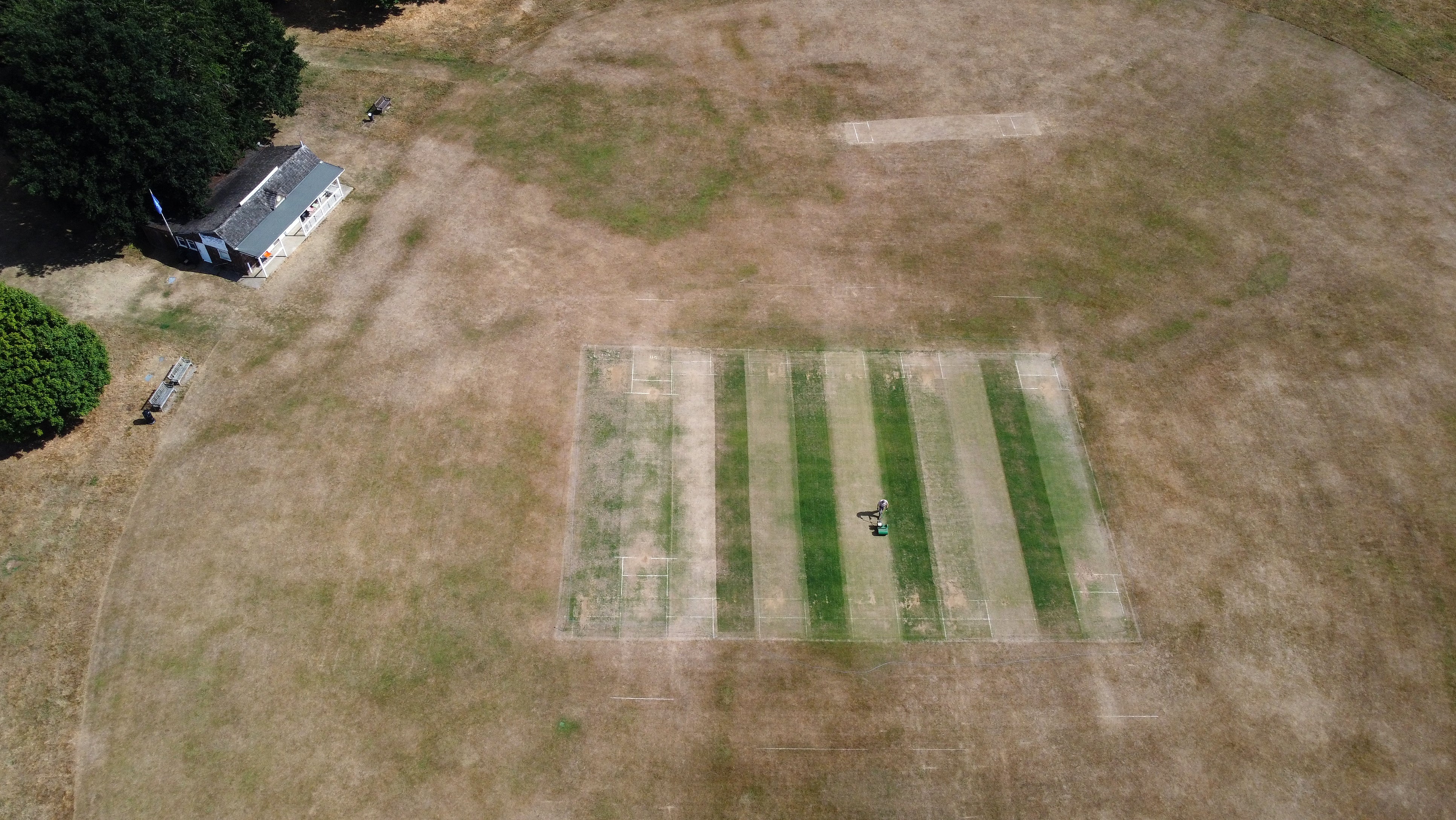Driest July on record for south-east England and East Anglia
It was provisionally the seventh driest July across England as a whole.

Your support helps us to tell the story
From reproductive rights to climate change to Big Tech, The Independent is on the ground when the story is developing. Whether it's investigating the financials of Elon Musk's pro-Trump PAC or producing our latest documentary, 'The A Word', which shines a light on the American women fighting for reproductive rights, we know how important it is to parse out the facts from the messaging.
At such a critical moment in US history, we need reporters on the ground. Your donation allows us to keep sending journalists to speak to both sides of the story.
The Independent is trusted by Americans across the entire political spectrum. And unlike many other quality news outlets, we choose not to lock Americans out of our reporting and analysis with paywalls. We believe quality journalism should be available to everyone, paid for by those who can afford it.
Your support makes all the difference.Parts of England have had their driest July since records began, according to provisional figures from the Met Office.
South-east and central southern England saw an average of only 5.0mm of rain last month, while East Anglia had 5.4mm.
For both areas it was the lowest amount of rainfall in July since Met Office records began almost 200 years ago, in 1836.
England as a whole saw an average of 23.1mm – the lowest figure for the month since 1935 and also the seventh lowest July total on record.
The UK-wide average did not rank quite so low, with 46.3mm of rainfall – the 19th lowest July total since 1836.
The figures also show that last month was provisionally one of the warmest Julys on record, with a mean temperature across the UK of 16.6C.
This equals the figure for both July 2021 and 1995, with only four other Julys ranked higher.
The highest recorded mean UK temperature for July was 17.8C in 2006.
Met Office figures for temperature date back to 1884.
Northern Scotland received 98% – some 99.4mm – of its July rainfall, and was the only place that had rainfall totals modestly above their long-term averages for a few regions.
Dr Mark McCarthy of the National Climate Information Centre, said: “July 2022 has been a significantly dry month for southern England, only 10.5mm of rain has been provisionally recorded on average, less than the previous record of 10.9mm set in 1911.
“The dominant weather pattern for the month has only allowed interludes of rain into northern areas of the UK, with areas further south largely getting any rainfall from isolated and fleeting showers in a month that will ultimately be remembered for extreme heat.”
The record dry July for some areas comes on the back of the driest eight-month period from November and June since 1976 in England, with warnings the country could be in drought this month if the conditions continue.
Much of the country already has low river flows, affecting the quality and quantity of water, with impacts on farmers and other water users, as well as wildlife.
Farmers have reported stress to crops including sugar beet and maize and challenges irrigating field veg and potatoes, while the dry weather has severely hampered grass growth which could hit supplies of feed for winter.
The tinder-dry conditions have fuelled numerous wildfires, some of which have destroyed homes and crops, and prompted calls for a ban on the disposable barbecues behind many of the blazes.
The first hosepipe ban of the year is set to come into force this week, with Southern Water imposing a temporary use ban on its customers in Hampshire and the Isle of Wight from Friday August 5.
This will prevent the use of hosepipes to water gardens or clean cars, while the filling of ornamental ponds and swimming pools will also be banned.
Some rain is forecast for this week for northern and western areas of the UK, but few of the showers are expected to reach the south and the east, the Met Office said.